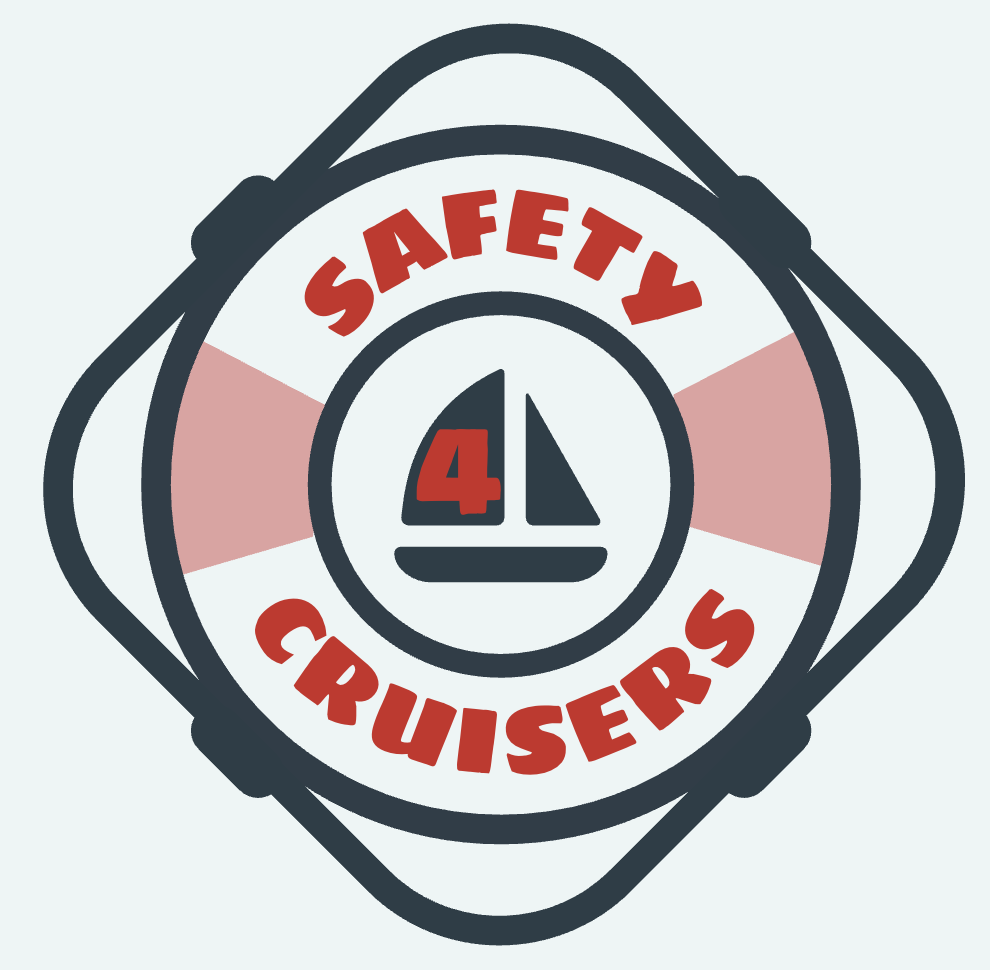Jacklines: Part 1
Today we're going to be talking about jacklines. what they are, how to use them, and In Part 2, how to move around a boat with a tether connected to your jacklines. For details about how to pick the right tether for your needs, checkout our writeup on the topic.
Jacklines is the umbrella term used to describe any piece of line or webbing secured to a vessel that you are then going to clip into to prevent yourself from going overboard. The most common type of jacklines run fore and aft on the vessel, with the number and location of the lines determined by the size and layout of the vessel. Where they are secured to the vessel will also vary depending on the design and structural components available, though it is not uncommon to use cleats on the bow and stern. It is important not to confuse jacklines with lifelines which are usually white coated stainless cables run through the stanchions that fully encircle the deck on most vessels. These are the first layer of safety to going overboard, jacklines are a second. Jacklines in many cases are purpose made lengths of flat yellow webbing with pre-sewn eyes. There are many sailors choose to buy their own webbing and secure it to their vessels in a manner of their choosing. This is a more economic and customizable setup, but involves an extra degree of skill and effort many choose to forgo.
So how do you use jacklines? And when should you rig them? To answer that, we should first answer: when should I be waring my life jacket? (Since most people have their tether connected to their PFD, if you aren’t wearing that, jacklines aren’t going to do much good.) The proper answer is: if you can't swim to shore you should probably wear a life jacket. So in the Bahamas, Fiji or other tropical places, that means you might have a couple miles if you're a good swimmer. But if you are up in New England or Alaska, you can't swim more than a couple hundred yards if you're not wearing a dry suit without getting hypothermia and drowning. So I would say it’s probably be good to wear a life jacket almost always in those kinds of temperatures.
Now that we’ve answered that, we can move onto the main topic. For me, the question of when to rig jacklines is answered bay asking: are you concerned that there is a possibility of either a) you going overboard or b) if you were to go overboard, would it be a catastrophic situation for you? If the answer to either of those questions is yes, I’d rig them. Another way to look at it is like reefing. If you find yourself thinking “I should probably put a reef in” then you should already have done it. The Same goes for jacklines There are many factors that influence whether you should rig them or not. The obvious ones to consider are wind speed and sea state, but things like the type of vessel and number and skill level of crew also can impact that decision. If I’m short-handed or sailing with a novice crew, I’ll rig jacklines sooner than if I’m sailing with a full compliment of skilled sailors. Of course you also need to take into account what the forecast is. It’s always better to get your boat rigged for rough seas before they arrive. You don’t want to be trying to rig your jacklines with nothing to clip into on the bow when you’re already submarining through waves while beating upwind.
The next question is when should you be clipped into the backlines? My rule for clipping in is if you are the only person above deck and you're offshore, you have to be clipped in 100% of the time. And anytime you leave the cockpit you have to be clipped in regardless of how many people are on deck. So that means that if you're offshore, the weather's nice on an passage, there’re two people in the cockpit and you're both on watch - (one you might be reading, one of you is keep an eye on on everything) you don't necessarily have to be clipped in. But if one of those of one of those people goes down below, then the remaining person has to clip in. Which is why I say just go ahead and do it so right off the bat so you're not constantly clipping and unclipping. Plus, it’s not a big deal, it doesn't really impede your comfort, so just go ahead and do it.
(Some links above are affiliate links. If you buy through them, we may earn a small commission at no extra cost to you.)

